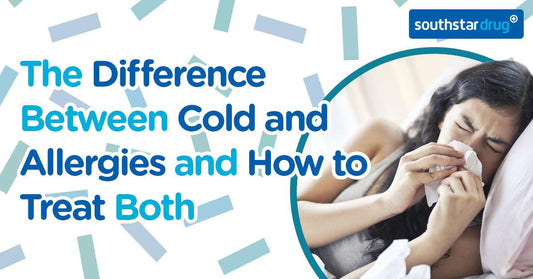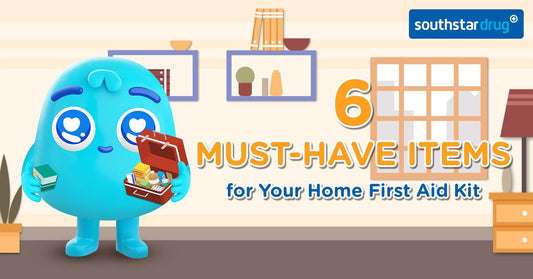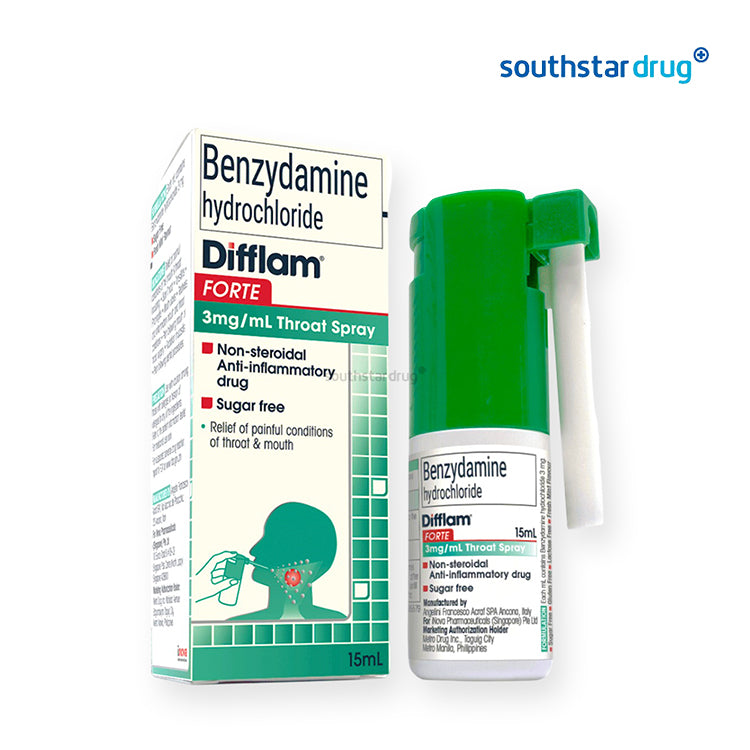News
Sidebar
5 Medicines You Should Take with You When Traveling | Southstar Drug
Published by: Southstar Drug
Southstar Drug is here to remind you to travel safely by bringing medicines...
The Difference Between a Cold and Allergies and How to Treat Both
Published by: Jose Topacio
Because they’re both common afflictions and share plenty of symptoms, an allergy and a cold...
5 Ways Technology Can Help You Achieve Your Health Goals | Southstar Drug
Published by: Jessa Garcia
6 Must-Have Items for Your Home First Aid Kit
Published by: Jessa Garcia
A first aid kit is a must for every home, so that you’re always...










